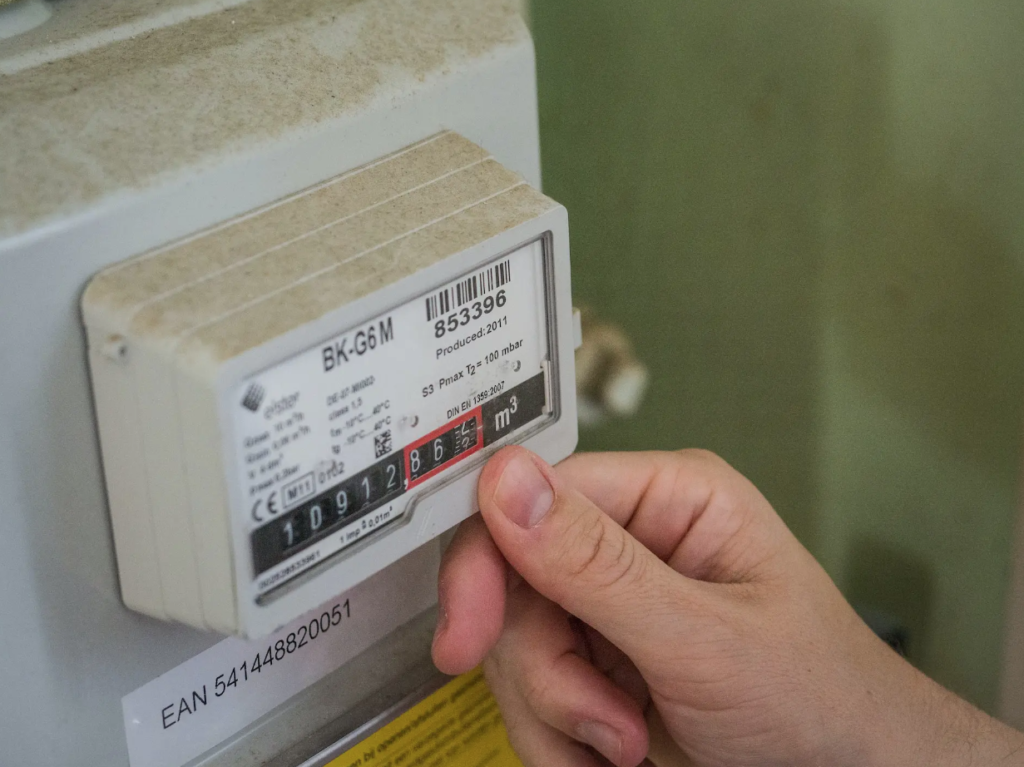The EU has renewed the energy saving targets already introduced last year
(sustainabilityenvironment.com) – Although the European gas storage situation is favorable (it is now at 66.5% capacity) and joint gas purchases are proceeding smoothly, it is still necessary to conserve as much power and gas as possible in order to survive the upcoming winter securely. However, only half of the EU’s member states have set legally obligatory reduction objectives for trade and industry. The most vulnerable segments of the population would bear the brunt of the energy crisis as a result. This is the cautionary statement that the European Environmental Bureau (EEB) uses to open a file on the policies governing energy saving measures in the 27.
Energy saving measures in the EU
Leading the ranking of the most virtuous countries drawn up by EEB are Italy and Germany. The two countries – which also have the greatest dependence on Russian gas – have made provision for both voluntary and, possibly, compulsory energy saving measures. And they are the only EU countries that apply them not only to industry and business, but also to citizens. The lead group is completed by France, Spain and Portugal.
What about the others? Mandatory energy saving measures, which can ensure a certain share of the reduction in consumption, are only in force in 14 out of 27 countries, EEB stresses. But on a positive note, this group is expanding. In the last six months, Poland, Lithuania, Cyprus and the Netherlands have taken steps in this direction.
Read also Energy efficiency: What does the 210 billion REpower EU maxi plan provide?
The less virtuous include the Nordic countries, Eastern Europe, Luxembourg, Austria and Malta: the measures are rather weak. While Bulgaria, Romania and Latvia have not introduced any energy saving measures, either for gas or for electricity.
Winter ’23-’24 will not be like the past
The mistake not to be made, reports EEB, is to think that the worst is over. Last year, the Twenty-seven reached (indeed, exceeded) the common target of reducing gas consumption, set at -15% between September and March. Italy, for example, consumed 18% less gas. But a not small part of this reduction came from the high costs of the raw material. A situation that, in all likelihood, will not happen next winter. Gas prices have returned to pre-war levels, around 30-35 euro/MWh. However, last year most of the 27, with a reduction in electricity consumption in the EU of only 6,2%, did not reach the agreed target of reducing the overall electricity demand by at least 10% nor the mandatory target of reducing electricity consumption by 5% during peak hours.

